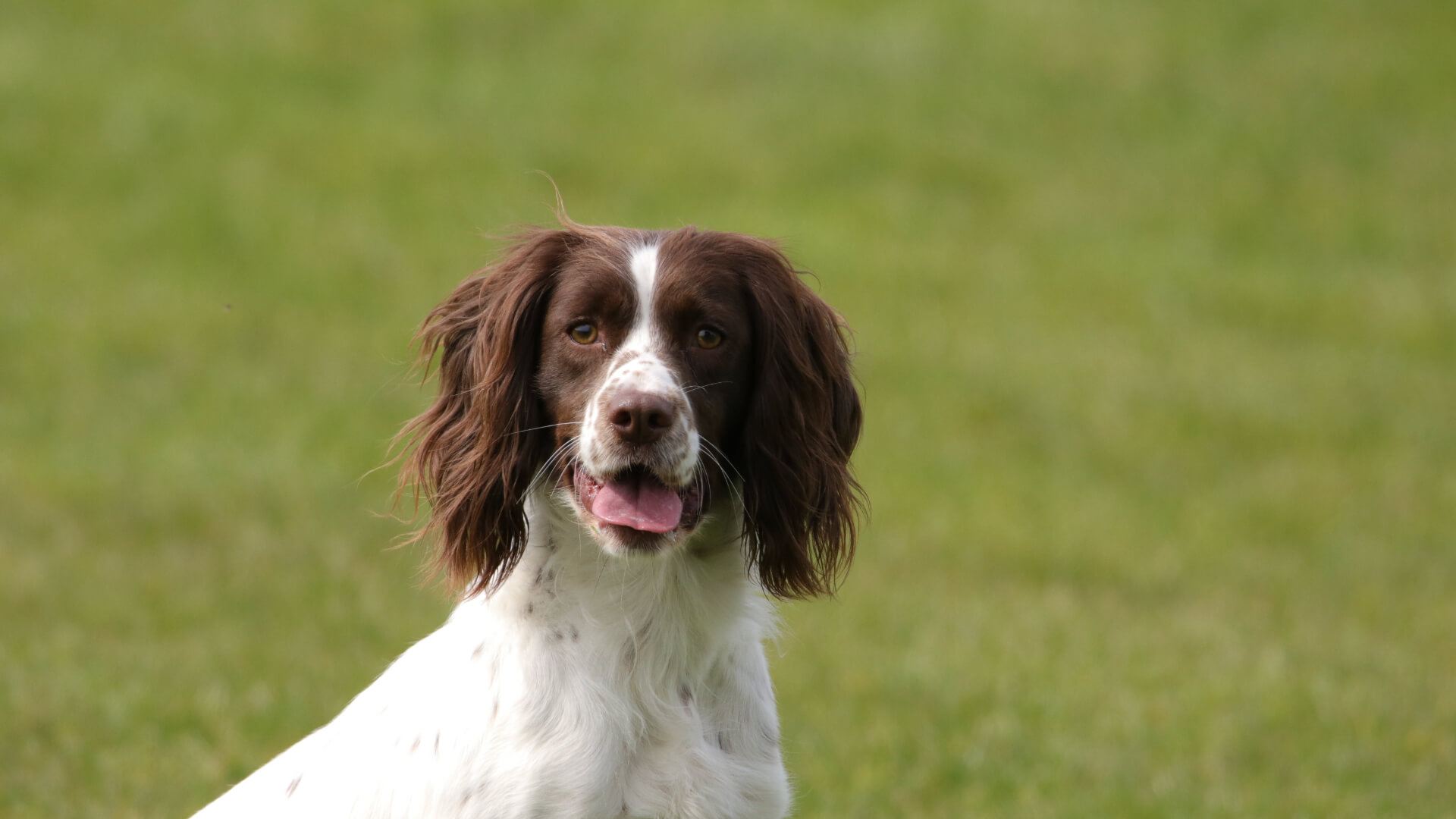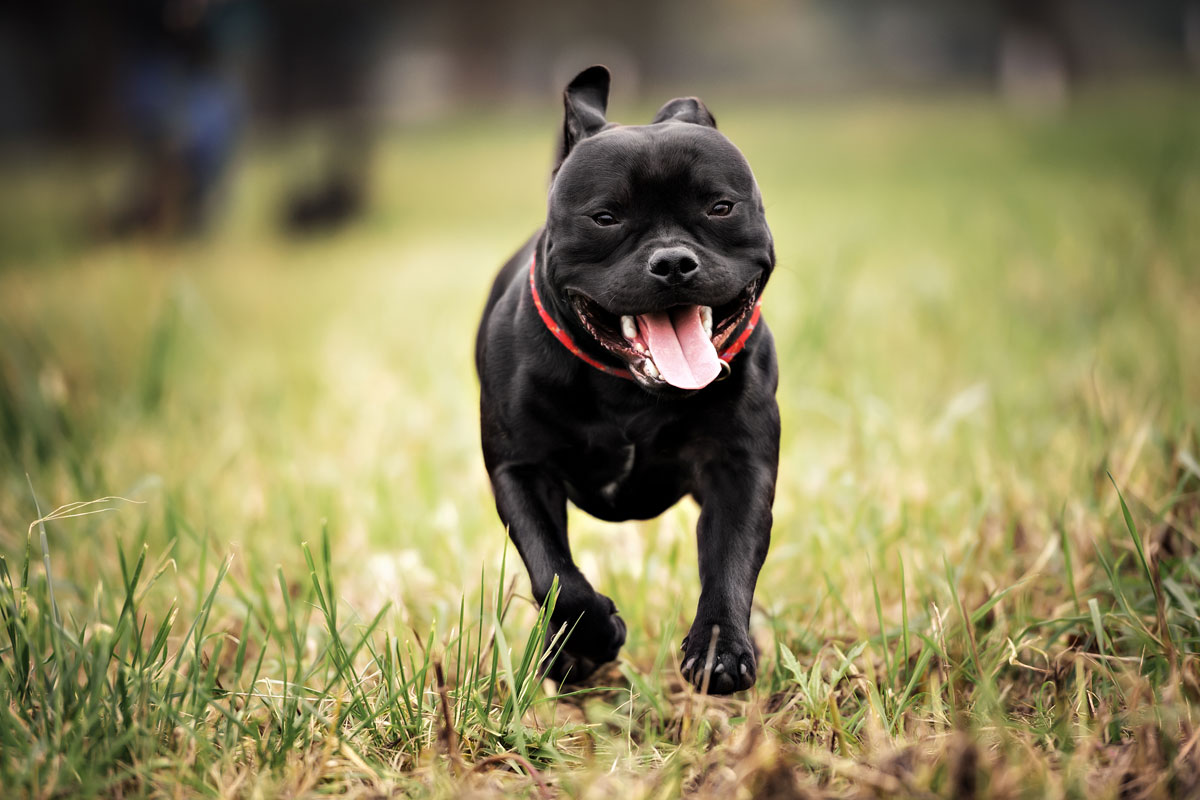Can I take my dog on a train? It depends where in the country you are travelling. Some trains allow dogs but others do not, and some require that your dog be under a certain weight or height restriction but that may not apply to assistance dogs, although any assistance dog may need to be labelled as such. Assistance animals will almost always be able to travel.


“Research suggests that Emerald Pet Insurance offer excellent value for money and are very competitively priced for the high levels of cover provided. Even taking into account the optional extras. When these are removed, they are even more competitively priced.”
– Thatsinsurance.com
For instance, if you are travelling through London with your furry friend there is no need to worry as they can come onto the Tube and other rail networks with you. However, if you plan to travel by train outside of London then it is best to check before hand for any restrictions – there’s no need for a pet passport!
It’s a question that many dog owners have asked themselves at some point: can dogs go on trains? While the answer is not as simple as yes or no, there are some considerations to keep in mind. For instance, most rail companies require service animals and pets be kept inside carriers while riding on board trains.
Table of Contents
Check first! What are the rules?
However, if you’re traveling with your pup by car and want to take them with you on the train when you disembark for a day of sightseeing it’s worth knowing they won’t be allowed onboard unless first going into a basket cage or pet cage at either the station or airport.
There are some other rules – dogs mostly travel free unless they need a seat. Rail service company staff may need to check your dog, but not any dog ticket! Animals often cannot occupy seats, and you may need to be careful around other dogs. Dogs mostly cannot travel in restaurant cars (if there are any left on British trains), and you may not be allowed to bring two dogs. Dogs must be kept on a lead if not in a cage or pet carrier and in control so that they do not inconvenience passengers.
It’s also important to consider how much space your pup needs when deciding what type of pet carrier will work best for their trip. Pet carriers can be expensive so check you have the right type of pet carrier. You don’t want to end up facing a fine or not being able to travel.
Check also on busy times and rush hour as well in case the train company may refuse carriage or entry even.
This blog post will explore what different train companies have done about canine passengers over the years and provide tips for how to keep them safe during their time onboard!
Where to start?
Dogs are often very friendly, so it can be a good idea to bring your dog when you go on the train. When you find a seat in the train that is open, make sure to ask if you and your pup can sit together.
If there’s someone else sitting with their dog or cat on the same bench as well, then make sure to give them space. And when boarding the train, let people know about your pup before they get too close!
Some dogs are nervous travellers, so it is good to reinforce calm behaviour in such a busy environment.
How to travel with your dog on a train
The right insurance for your dog in place before you leave home is a great place to start. What other tips and tricks there are there to make it a safe and enjoyable journey? Have you got the right insurance in place to ensure your dog is insured for you and your dog can walk or drive with your dog on public transport?
You can get a great quote from Emerald Pet at www.emeraldlife.co.uk/pet-insurance.
What rules apply to travelling with your pet on the train?
National Rail has set some rules that must be followed to ensure the safety and comfort of all rail travellers. Dogs are allowed on most trains in order to be on the safest and comfortable. National Rail also advised that pets are not allowed on trains unless with passengers and that is the same for guide dogs or other animal that helps with assistance, same with any restaurant car or any other carriage where they serve meals.
If you’re travelling abroad or a great distance, then always consider investing in travel insurance to complement your dog insurance. If you’re travelling overseas or a long distance, you should have a dog insurance policy in place just in case.
Big dogs may also have different rules than small dogs, but it might also be more difficult to take a big dog in an enclosed baskets. Even if your travel neighbour loves dogs, rules are rules. Also check train times so that your dogs has toileted at the right time and not in the ticket hall!
Are dogs allowed on UK trains generally?
All major train services allow dogs, cats and small animals to travel with us. Eurostar doesn’t allow dogs but there are a number of national rules around Europe. Trainline has a handy page that sets out the rules in each country.
Check that any buses, coaches or trams you need to use also allow dogs to ride with you. Many dog insurance policies also include added benefits such as cover for overseas travel. Check out the latest government advice and rules on the UK government’s dog insurance policy.
Transporting domestic animals by train
Customers may take with dogs, cats and other small animals (maximum two per passenger for free) with them. Conditions include that they do not endanger customers or staff. Dogs, cats, dogs, and other animals are allowed provided that they obey the rules otherwise the train or railway premises/company will refuse carriage.
Mode of transport
Always check whether the mode of transport you wish to travel on accepts dogs. Don’t always assume all modes of public transport accept dogs, and if they do, there may be certain rules. These rules are generally contained in what’s called the ‘conditions of carriage’ You should always check with the relevant travel provider before you travel, but we have set out a rough guide here.
National Rail summary – and our advice..
There are restrictions for passengers traveling with dogs in different regions. For example, there is a ban on taking pets on certain trains and ferries, whereas other modes of public transport have specific guidelines depending on the location.
It is not safe to take a dog on public transportation if you can’t prevent the animal from wandering off, barking loudly, or sniffing other passengers.
National Rail allows up to two pets per person on their trains for free, but make sure you follow this rule: (Byelaw 16)
‘The train company may refuse carriage or entry to any animal. If your dog or other animal causes a nuisance or inconvenience to other passengers you may be asked to remove it from the train or railway premises’
Here’s our advice on how to take your dog onto train company property, including trains:
- To improve your travel experience, check to see if the trains and buses on the route you plan to take allow dogs. For example, dogs are allowed on the London Underground but they need to be carried up the escalators, and in some places they need to be muzzled.
- Make Sure Your Dog Has Used The Toilet Before Traveling
- To keep your dog calm on the bus, take them for a good walk before you start travelling. They are unlikely to throw up or have accidents when they are feeling relaxed and content.
- If a dog has an accident where he or she urinates or defecates, please clean the mess up with soap and water.
- Avoid traveling at busier times for the sake of your dog, such as rush hour or just before people are about to leave the office.
- Always bring fresh water for your dog so they don’t get dehydrated! Pet travel water bottles and bowls are very handy.
- Do not allow your pet to roam freely. Keep it on a lead at all times
- Keep your pet off the seats as much as possible.
- Be aware of other passengers around you and make sure your dog isn’t jumping on them or invading their personal space.
- Partners who best enjoy a quiet train or bus ride often would appreciate not having to interact with you and your dog.
- If your dog is not good with other pets and will make a big scene on the transport bus then it’s best to avoid public transport.
- Dogs need some help when traveling. You may want to discuss calming products with their veterinarian or even purchase items before the trip begins for your dog to use during travel.
- Despite the advantages of traveling with a dog, long trips can be challenging. Plan your journey so that you have scheduled breaks for your pup to ensure their safety and comfort.
- The heat of summer can be tough enough when you’re not moving, but for drivers of pet transport these warm, humid days are a recipe for disaster.
- It’s only polite to wash your dog before travel – a muddy or smelly dog can be awkward and also can make the dog feel uncomfortable if it is being avoided by humans.
Conclusion
A common question we get asked at TrainPets is whether or not dogs can travel on a train. The answer is yes, but there are some things to look out for before boarding with your pup. First and foremost, you’ll need to make sure that the trains in your area allow pets onboard (most do).
Secondly, it’s important to plan ahead as many airlines have special restrictions when traveling with animals. Make sure you know all of the policies about bringing furry friends into the cabin so that you don’t end up paying hefty fees at check-in time!
Finally, be prepared for any potential delays – like those caused by bad weather conditions – which may require detours from regular routes.
End comments?
The train is a great way to travel with your dog. Just make sure that you do your research before booking, and take the correct precautions to ensure everyone on the trip has a safe time. When it comes down to carrying pets on board trains, there are two options available, depending on how much room you have for them outside of their carrier.
If space isn’t an issue in your cabin or car – be mindful not overcrowding other passengers or other pets! – then consider placing the pet-carrier between yourself and another passenger while seated so they don’t get jostled too much by any sudden movements in transit.
This method will require some communication with those around you about what side of the door they want to sit next to but then both you and your dog or dogs travelling will have the best possible journey.
Dogs and Trains FAQs
Can dogs go on trains UK?
It depends on where in the country you’re traveling. Some trains allow dogs but others don’t, and some require that your dog meets certain weight or height restrictions.
Assistance animals will always be able to travel abroad, although any assistance animal may need to be labeled as such.
For instance, if you are traveling through London with your furry friend there is no need to worry as they can come onto the Tube and other rail networks with you. However, it’s best to check before hand for any restrictions on pets outside of London.
It’s a question that many dog owners have asked themselves at some point: Can dogs go on trains? While the answer is not as simple as yes or no, there are steps to take when riding with your pet.
For instance, most rail companies require service animals and pets be kept inside carriers while riding on board trains.
How do you travel with a dog on a train?
Experts recommend ensuring that you have the right pet insurance before you begin your journey. What other tips are there for making this a safe and enjoyable trip?
Have you got the right insurance in place to ensure your dog is insured and can walk or drive with you on public transport?
National Rail set some rules to ensure rail safety and comfort. You can bring your dog on most trains, but they’re not allowed with passengers unless accompanied by the passenger. National Rail also advises that pets are not allowed on trains without their owners.
If you’re traveling a great distance, consider investing in travel insurance as well as pet insurance. If you’re about to fly abroad for an extended amount of time or exceeding 300 miles from your home address, consider purchasing pet security and liability protection.
Are dog allowed on trains?
If you’re traveling by car and want to bring your dog on the train for a day out, they will either first need to go into a caged designated for pets or travel in the pet carrier.
Dogs that occupy seats on trains with no extra costs tend to be small. Animals may not be permitted to share a seat in some instances, so it is wise to keep your dog close while you travel.
You usually mostly take your dog in restaurant cars, and you may not be allowed to carry more than one dog. Dogs must stay on a lead or be in a cage, and they shouldn’t inconvenience other passengers.
When considering travel with your pet, depends on how much space they need to comfortably and safely occupy. While many carriers can be costly, it’s important not to spend more than what is required for a safe trip with them.
Can dogs sit on train seats?
No!
But most of all make sure that you enjoy travelling with your dog – even a pet. Assistance dogs of course can travel and that great but even non assistance dogs can undertake train travel with you in the right conditions. Rail service company staff are there to help you but yes, even for assistance dogs, stay off the seats!
Anything else? Look at our blogs on the Emerald website.
You can find that at www.emeraldlife.co.uk/pet-insurance.
Article summary: train company/train company and dogs/train travel and dogs/allowed in restaurant cars




